how long can a newborn kitten go without food
Kitten feeding bottle This resource provides instructions for the care of bottle feeding kittens ("small babies") – very young kittens that have been abandoned or orphaned. It includes information on food, weaning, medical care, development milestones and more. Table of Contents 1.) 2.) 3.) 4.) 5.) 6.) 7.) 8.) 9.) Heating and bed linenFor your safety, bottle babies should stay in a cat carrier when you are not feeding or caring for them. Kittens should stay warm. Use a heating pad designed and approved for pets (such as a K PulH or Snugglesafe heater bed), wrapped in two or three layers of towels. The top layer of bed linen can also be a soft blanket of polar instead of a towel. Make sure the carrier is large enough for kittens to have an area to get away from the heating pad if they are too hot. Kittens will need the heating pad until they are 3-4 weeks. Cover the aircraft carrier with a towel or blanket and keep it in a warm and free eraser room, safe from other pets. Check the bed linen several times a day for trouble. The bed should be changed at least once a day, more often if kittens dirty the bed linen. The ideal body temperature of a kitten is 100 to 102 degrees. A kitten that feels cold and does not respond should be heated immediately. Never try to feed a cold kitten. Place the kitten on an approved heating pad wrapped safely in two or three layers of towels. Turn the kitten side next to each 5 minutes. To stimulate the flow of blood, you can always so gently massage the kitten with the grip of the hand. If the kitten does not respond within 20 to 30 minutes, contact your medical staff immediately. Food Do not feed the cow's milk to kittens, as it does not have the proper nutrition for them. Cow milk will also cause diarrhea, a life-threatening condition for young kittens. Just feed your kittens an approved kitten formula. Hoskins, a home formula, is ideal. You can also use KMR, a commercial powder formula. The recipe for Hoskins and the instructions for mixing KMR are below. Formula Hoskins 3 oz. goat milk 3 oz. water 4 oz. full fat yogurt 3 egg yolks The formula will be good for about 48 hours if cooled. If the formula has been left out of the refrigerator for more than 2 hours, it must be discarded. Hoskins formula3 oz. goat milk 3 oz. water 4 oz. full fat yogurt 3 egg yolks The formula will be good for about 48 hours if cooled. If the formula has been left out of the refrigerator for more than 2 hours, it must be discarded. KMR powder formula Use 1 part of formula to 2 parts of water. A part is what you're using to measure with. For example, if you are using a spoonful to measure, this would mean 1 tablespoon of KMR powder and 2 tablespoons of water. KMR powder formula Formula that has been in the refrigerator should be heated only above ambient temperature. Place the bottle in a shallow bowl of water, then heat in the microwave for 10 seconds. Or you can place the bottle in a hot water bowl for a few minutes. If you mix fresh KMR powder formula, use warm water. Before feeding kittens, always try the temperature of the formula by placing some drops on the inside wrist to make sure it is not too hot. Always wash your hands with soap and water before and after feeding the kittens. The bottles should be cleaned thoroughly before each use. When the bottle nipples are new, you'll need to cut a hole at the top. Cut an X at the nipple tip using small and sharp scissors. Or you can burn a hole in your nipple using a big needle. Heat the needle with a match, and then put it through the nipple tip. You can take some attempts to make the hole the right size. Once the hole is done, try placing the nipple in a formula bottle and turning the bottle down. The formula should drip slowly out of the hole. If the hole is too big, kittens ingest too much formula too fast; if it is too small, they will have to work harder to eat and will not eat as much as they should. To avoid the possibility of spreading virus between kittens and other pets in your home, keep a "cool" (a robe, sweater, etc.) in the kitten room to use during feeding and handling kittens. You can also use gloves if you want, and remember to always wash your hands well before and after feeding your bottle babies. Never feed a kitten on the back. The kitten should be in his stomach in a position similar to how he would lie next to his mother to the nurse. You can try to keep the kitten straight swaddled in a hot towel or have the kitten put on a towel in your lap. Experience what position works best for you and the kitten. Turn off the bottle and let a drop of formula come out. Place the nipple of the bottle in the mouth of the kitten and gently move backwards, holding the bottle at a 45-degree angle to prevent the air from entering the pussy's stomach. This movement should encourage the kitten to start eating. If you're not successful at first, wait a few minutes and try again. Usually, the kitten will stoop and start sucking. If the bottle seems to be collapsing, gently remove the nipple from the mouth of the kitten and let it return more air to the bottle. Allow the kitten to stick at its own pace. If a kitten refuses to suck, try strangling the back of the kitten or rubbing it gently on the forehead. This strangulation is similar to the cleaning of the mother cat and can stimulate the kitten to the nurse. If this doesn't work, try to rub a Karo Syrup on the lips of the kitten. If the kitten doesn't want a nurse yet, contact your medical staff immediately. Do not try to feed a kitten that is refrigerated because it may have serious health consequences. Try to heat the kitten as described above. If you cannot heat the kitten, contact your medical staff immediately. A kitten should eat about 8 milliliters (mls) of formula per ounce of body weight per day. For example, a kitten weighing 4 ounces should eat about 32 ml formula per day. To determine how much to give in each diet, divide the total amount of formula per day by the number of food. For example, if you are going to feed 32 ml per day and make 7 foods per day (approximately every three hours), that would mean giving 4.5 ml per diet. The infirmary bottles are marked with measurements, so it is easy to know how much kittens are feeding. Note that some bottles use ml for measurement, some use cubic centimeters (cc). They are the same: 1 cc = 1 ml.Using a kitchen or small postal scale, weighs the kittens daily to calculate the amount of formula they need. Keep a record of daily weights and amount of formula consumed in each diet. Newborn kittens, up to 1 week, must be fed every 2-3 hours; 2 weeks, every 4-6 hours. Once they are 3 weeks old, they can be fed every 4 to 6 hours. Continue following the rule of 8 ml formula per ounce of body weight per day, as described above, to determine the amount of food that the kitten should eat. If you are feeding multiple kittens, feed the first kitten until you stop breastfeeding, then start feeding the next kitten, and so on. Once you have fed all kittens, feed the first kitten again and repeat with all kittens. Normally one to three nursing shifts will be enough. When a kitten stops breastfeeding, he's had enough. Do not waste your kittens because it can cause loose feces and diarrhea. The belly of a well-fed kitten must be round, but not hard and neglected. Smaller or weaker kittens can eat less by feeding and will have to feed more often. Kittens need to be buried, like human babies. Put the kitten on your stomach, on your shoulder, or on your lap, and very gently your back until you hear a bit of burp. You may need to dig a couple of times for food. Young kittens can suck. This is normal, but make sure they're not hurting the skin or skin of the lithtermato they're sucking. If the sucking is causing problems, it should separate the kittens. WeaningWeaning can start from 3 1⁄2 to 4 weeks old. Start by offering the kitten formula in a spoon. Once you're beating the spoon, try to put a formula in a saucer. As you dominate the preparation of the saucer formula, you can gradually add a small amount of foods to the formula in the saucer, making a crane. Increase the amount of foods slowly canned, adding more food and less formula. Some kittens are captured immediately, others may take a few days. To be sure that kittens are getting enough food, you may need to keep feeding bottles sometimes a day, until they are eating well on their own. Make sure you feed them what they need to be full, but don't miss them. Supervises the kitten stools to make sure they are tolerating and digesting the gruel mixture well. If kittens have loose feces, reduce the amount of canned foods and increase the formula until their systems have adjusted. As kittens adjust to the mixture of gruel and are adding more foods to your diet, you can also add more water to the mixture of formulas. If you are using KMR formula, add an extra water measure when preparing the formula. Instead of 1 part of formula to 2 parts of water, mix 1 part of formula to 3 or 4 parts of water. For the Hoskins formula, you can add an extra ounce of water to the recipe. As kittens eat more food and less formula, you will need to have a fresh water bowl available to keep them well hydrated. At this time, you can also add dry foods to your diet. Add some of the formulas irrigated to the mixture of dry foods to attract kittens to eat. gradually reduce the formula and let the food dry. Again, watch the kitten stools to make sure they are well tolerating food. If diarrhea or constipation persists with diet change, contact your medical staff. Weight and hydration Paste your kittens daily, preferably at the same time every day, using a kitchen or postal scale. Kittens should earn approximately 1⁄2 ounces every day or 3 to 4 ounces per week. In 8 weeks, most kittens weigh about 2 pounds. Enter your daily weights in the register. If kittens are not gaining weight or are losing weight, please contact your medical staff immediately. A well-fed kitten should be properly hydrated. To test the hydration of a kitten, pull up on the skin on the neck scruple. The skin must bounce easily. If you do not retreat or slow down, the kitten can be dehydrated. If the kitten appears dehydrated, contact your medical staff. Removal and training of trash boxes Young kittens can't get rid of themselves. A mom cat will clean their kittens, stimulating them to urinate and have an intestinal movement. As a human caregiver, you now have the honour to do this duty. After each feeding, use a hot, wet, soft fabric or fabric ball to gently rub and clean the lower stomach of the kitten, genital and anal area. The kitten should start removing in a minute. Kittens should urinate after each feeding and have an intestinal movement of one to four times a day. Do not continue to rub the kitten for more than a minute or more, as this could irritate your delicate skin. Wash the kitten gently after it is removed using a clean, wet and soft cloth. Record the type of deletion of kittens and the frequency in the registry. When they are between 3 and 4 weeks old, kittens can be entered into the trash box. Use a small cardboard box or plastic bunk box with enough liter of clay to cover the bottom. Do not use the clamping litre. Adding a used cotton ball (since you helped them urinate) to the box will help them get the idea of what to do next. Put the kittens in the box, allowing them to get the feeling for the liter. Natural instinct will generally prevail and kittens will begin to investigate, scratch and, within a few days, use the box. A clean kitten is a happy kitten After feeding, cleaning any formula, urine, feces or other gatito disorders using a clean, soft, warm, wet cloth. This action simulates how the cat mom would clean the kittens. If more cleaning is required, you can use a wet washbasin bathed in warm water to loosen the crooked mesons on the skin of the kitten. Do not use soap or pet shampoo directly on the kitten. If you should use a shampoo to clean the kitten, add one or two drops of shampoo to a cup of warm water, then use the cloth covered in this mixture to clean the kitten. Rinse the clean area with another cloth bathed in clear and warm water. Gently dry the kitten with a soft towel. Don't let the kitten cool. Once the kitten is clean and dry, place it back on the luggage rack on the covered pad, which should be covered with clean layers of bed linen. Kitten ears should be clean and dirt free. If the ears are dirty, gently clean the area with a Q-tip; you may need to moisten it in warm water. Do not use the ear cleaning solution because it could be harmful to the kitten. Just clean the outer area of the inner ear, only the part you can see; do not push the Q point down in the ear. If the ears are extremely dirty or you see signs of ear mites (screens that look like coffee motifs), contact your medical staff about treatment options. Kittens may have some download in the eyes or around them. To clean the area, gently clean around the eye with a warm, wet and soft cloth. If the download continues, is clouded, or the eyes are closed, clean your eyes as indicated above, then contact your medical staff for treatment options. All kitten clothes should be washed separately from other household clothes using detergent and 3⁄4 cup of bleach per load. To clean the aircraft carriers and liter boxes used for kittens, use a mixture of 1⁄4 cup of bleach per gallon of water. You can add a spoonful of laundry soap to the wash water. Do not use any cleaning agent that contains ammonia or is not approved to mix with bleach, as it may cause dangerous vapors. Make sure that the conveyor boxes and/or bunks are completely dry and free from bleach vapors before putting them back with kittens. Medical Care A kitten veterinarian should be consulted to show any of the following symptoms. Do not medicate kittens without first consulting a veterinarian. Kittens development milestones Kittens kittens weigh about 2 to 4 ounces at birth. They are blind, deaf and totally dependent on the mother cat for survival. Some milestones of development: Care for love Physical and emotional contact with you is extremely important for the growing kitten developing. Early cuddling and soft caressing of kittens helps them to unite well with humans, allowing them to grow up feeling safe with their human family. Playing with kittens with a variety of toys will stimulate your minds and help you develop good motor skills. Related Articles About Best Friends Animal SocietyThe best Friends Animal Society, a non-profit organization 501(c)(3), operates the nation's largest sanctuary for homeless animals; it provides educational, adoption, spacing/needing programs. .Search Resources©2019 . All rights reserved. Silence
What to Do (and NOT Do) If You Find a Newborn Kitten
What to Do (and NOT Do) If You Find a Newborn Kitten
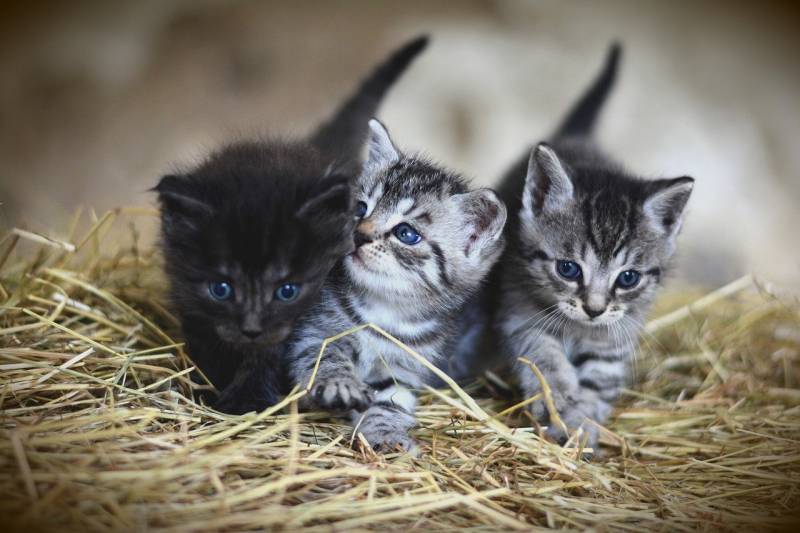
How Long Can Newborn Kittens Survive Without Their Mother? | All About Pets
/germany-newborn-kittens-sleeping-on-blanket-close-up-140882478-57d961f43df78c583396727b.jpg)
Kitten Development from Newborn to One Week
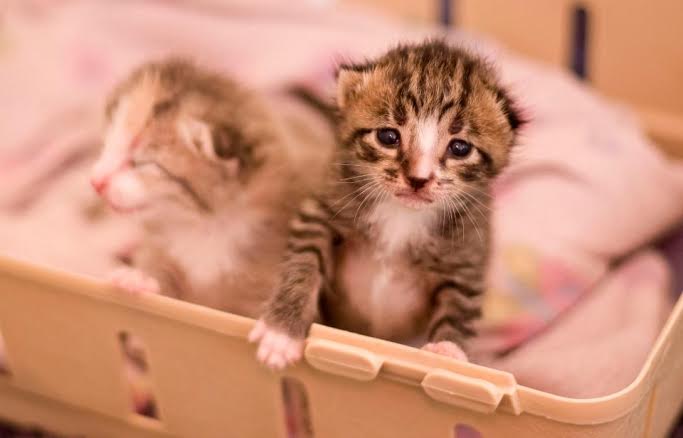
10 Crucial Steps to take to Save an Abandoned Newborn Kitten
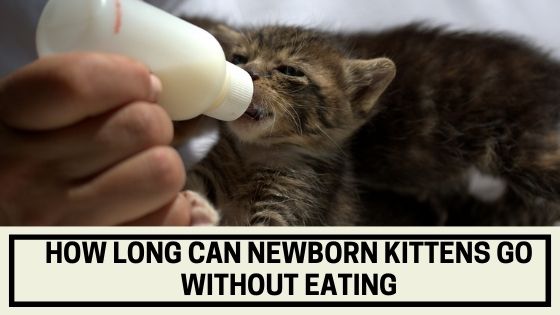
How Long Can Newborn Kittens Go Without Eating - The Kitty Expert

How Long Can Newborn Kittens Survive Without Food - newborn kittens

When Do Kittens Start Pooping? | PetCoach

How long can a cat survive without food and water before dying? - Quora
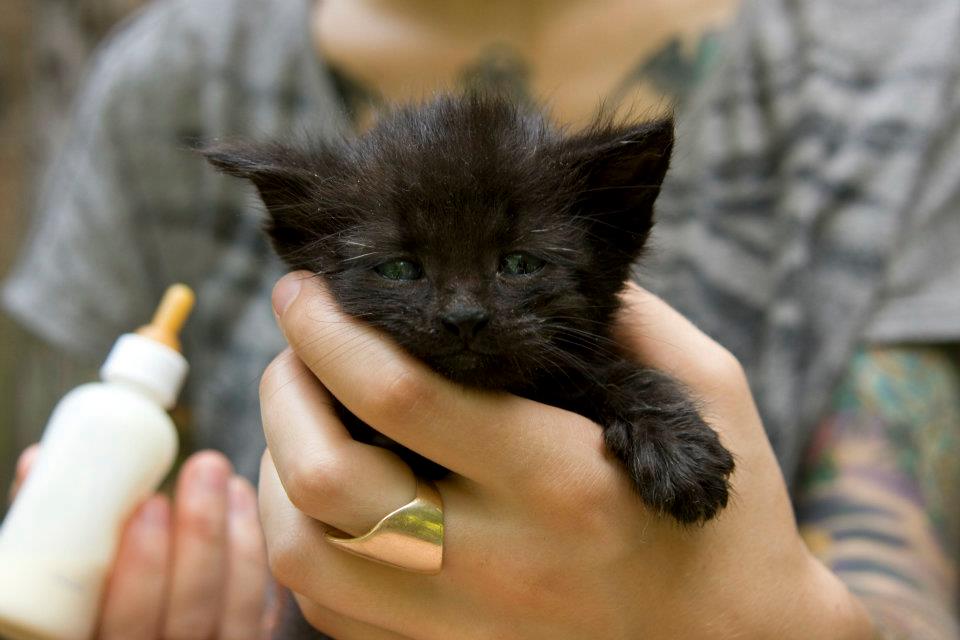
10 Crucial Steps to take to Save an Abandoned Newborn Kitten

How Long Can a Cat Go Without Food: the Food Facts You Need to Care for Your Cat | Traveling With Your Cat
Bottle Babies | Community Concern For Cats

When Can You Handle Newborn Kittens? | LoveToKnow
:max_bytes(150000):strip_icc()/Kitten-GettyImages-535429254-58fae68d5f9b581d59a1466e.jpg)
How to Treat Fading Kitten Syndrome
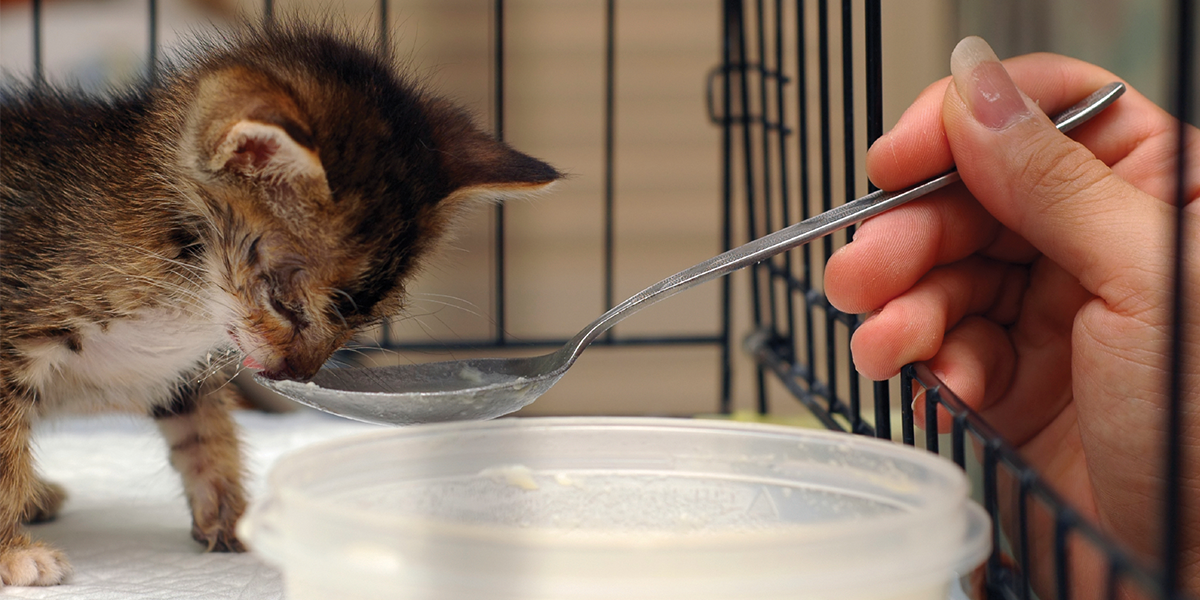
Hand-rearing kittens | International Cat Care
/post-natal-cat-care-555416_V3-de29216d84b04323bad29f898a976578.png)
Post-Natal Care of a Cat and Her Newborn Kittens

How Long Can Newborn Kittens Survive Without Food - newborn kittens

How to Give Newborn Kittens Away: 11 Steps (with Pictures)

Kitten Development: Understanding a Kitten's Major Growth Milestones | PetMD
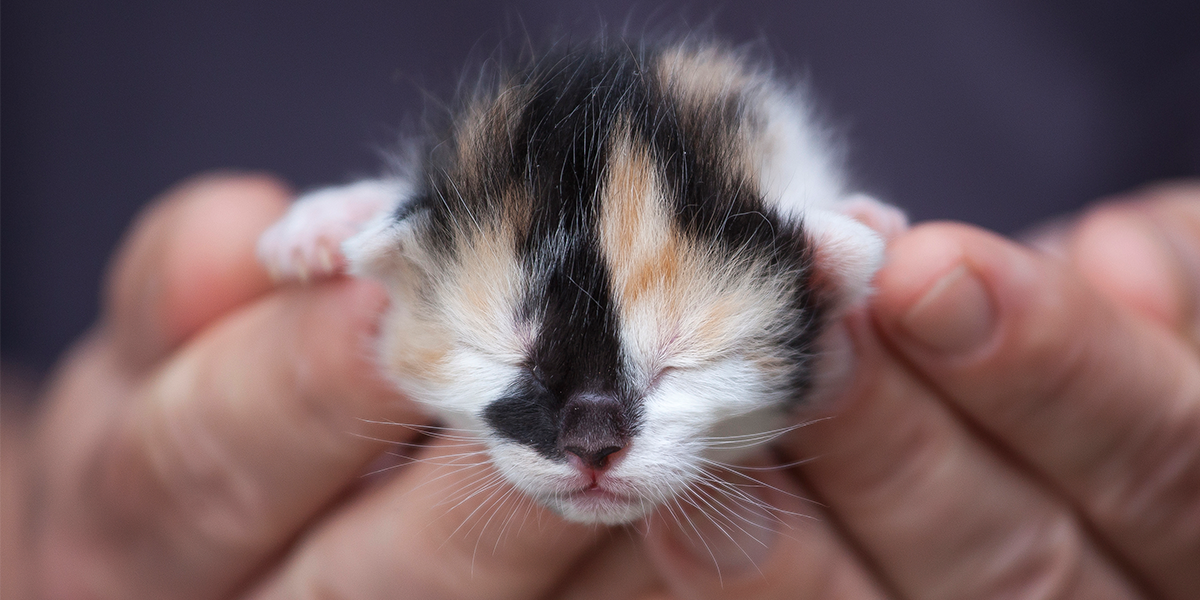
Kitten deaths (Fading Kittens) | International Cat Care

How to Feed a Newborn Kitten: 15 Steps (with Pictures) - wikiHow
Bottle Babies | Community Concern For Cats
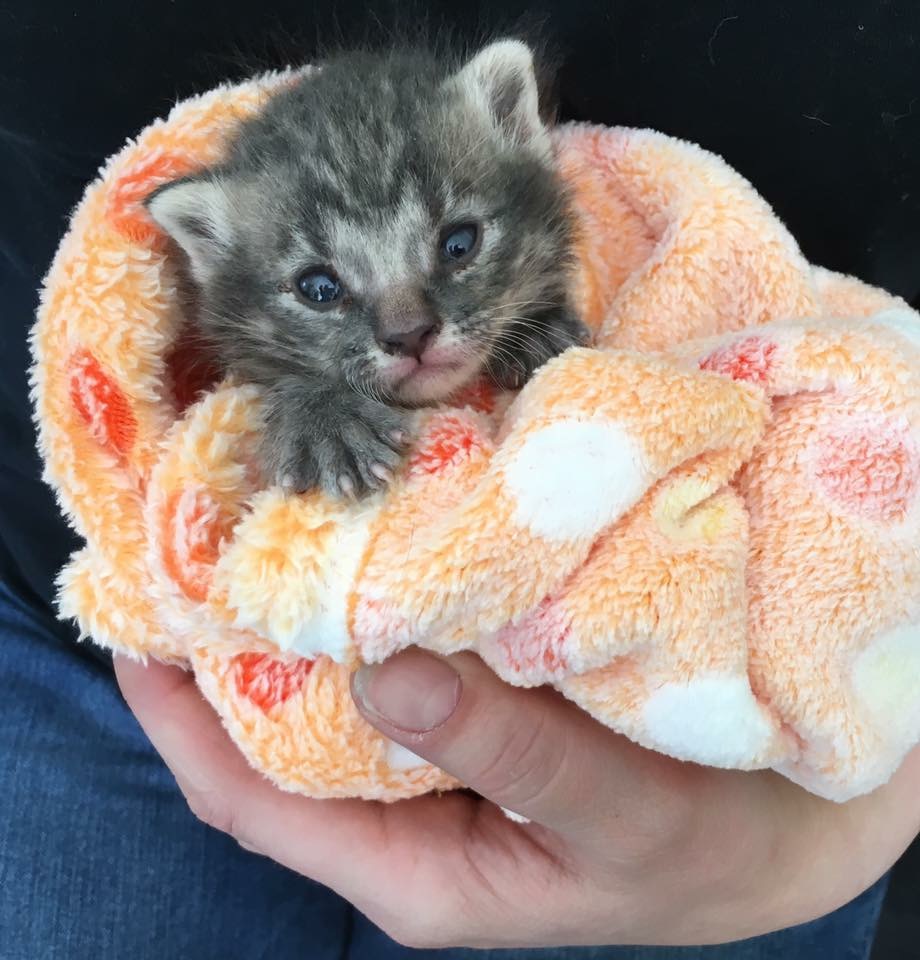
10 Crucial Steps to take to Save an Abandoned Newborn Kitten

Newborn Kittens: What You Need to Know - PetHelpful - By fellow animal lovers and experts

Bottle Feeding Kittens | Best Friends Animal Society
Orphaned Kittens - ALLEY CAT RESCUE
/three-kittens-suckling-from-their-mother-121755260-5c59c73fc9e77c0001a41ba6.jpg)
How Long Should a Kitten Stay With Its Mother?
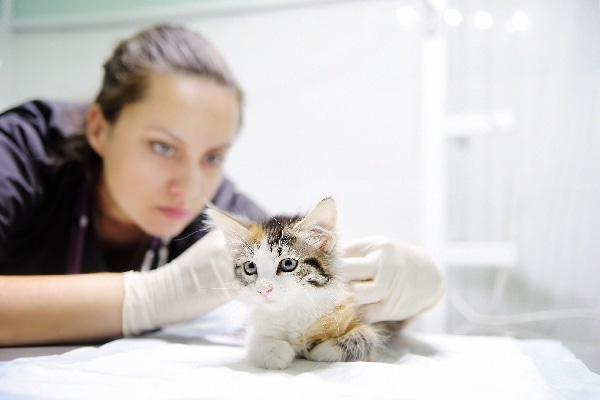
What Is Fading Kitten Syndrome and Why Do So Many Foster Kittens Die From It? - Catster
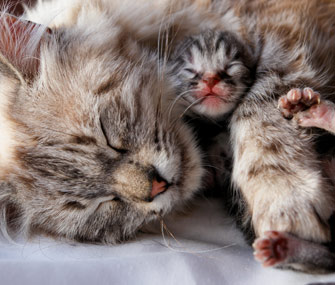
Your Kitten: What to Expect at 0 to 7 Weeks
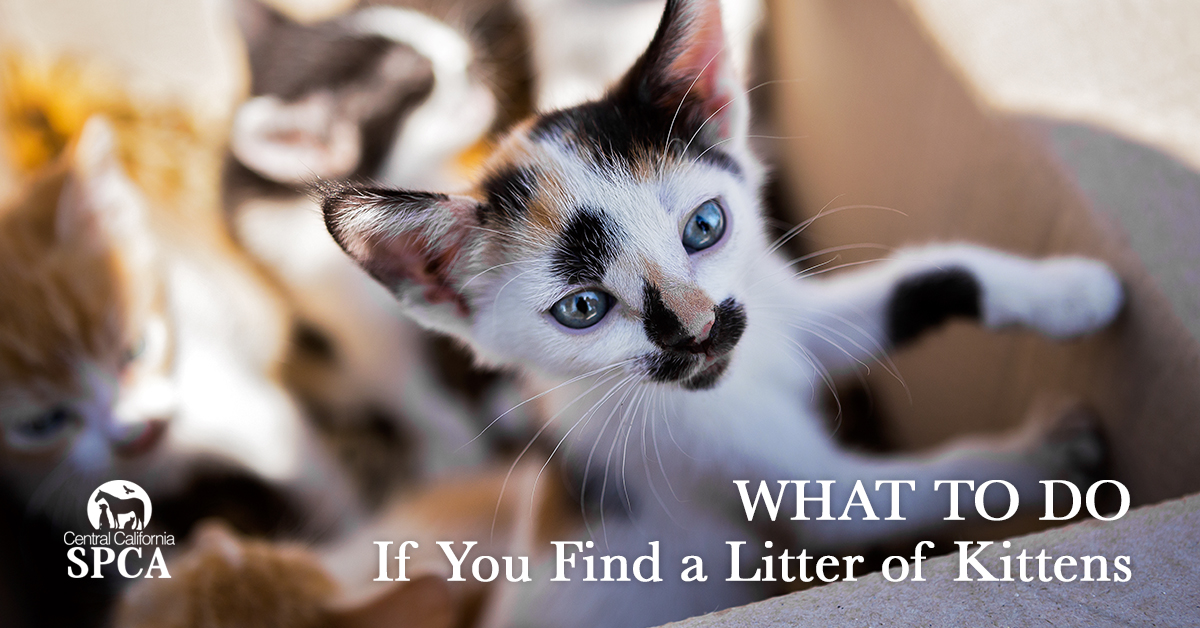
What to Do When You Find Stray Kittens
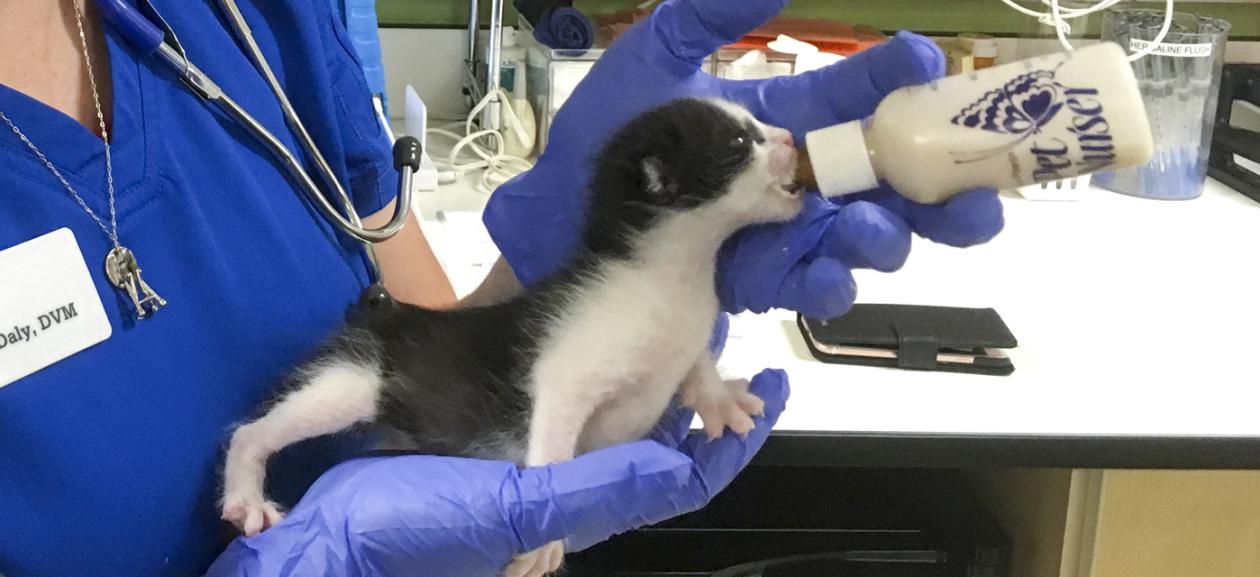
Caring for Newborn Kittens Without a Mother | DoveLewis

What to Feed a Kitten - Raising Newborn Kittens

How to Syringe Feed a Newborn Kitten - YouTube

How Long Can Newborn Kittens Survive Without Food - newborn kittens

Everything You Need to Know about 2 Week Old Kittens > Live Long and Pawspurr

Weekly Kitten Development Timeline | Hill's Pet
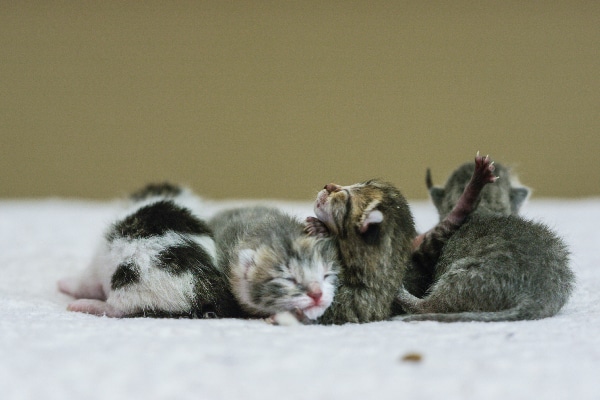
What You Need to Know About Newborn Kitten Care - Catster
![Kitten Development Milestones: Newborn to One Year Old [Checklist] | Wellness Pet Food Kitten Development Milestones: Newborn to One Year Old [Checklist] | Wellness Pet Food](https://marvel-b1-cdn.bc0a.com/f00000000202027/www.wellnesspetfood.com/sites/default/files/styles/blog_feature/public/media/images/fluffy-kitten.jpg?itok=Plc2rxKG)
Kitten Development Milestones: Newborn to One Year Old [Checklist] | Wellness Pet Food

How Old Is a Kitten? | Best Friends Animal Society

My Kittens are Not Pooping. Is this Normal? | PetCoach
Posting Komentar untuk "how long can a newborn kitten go without food"